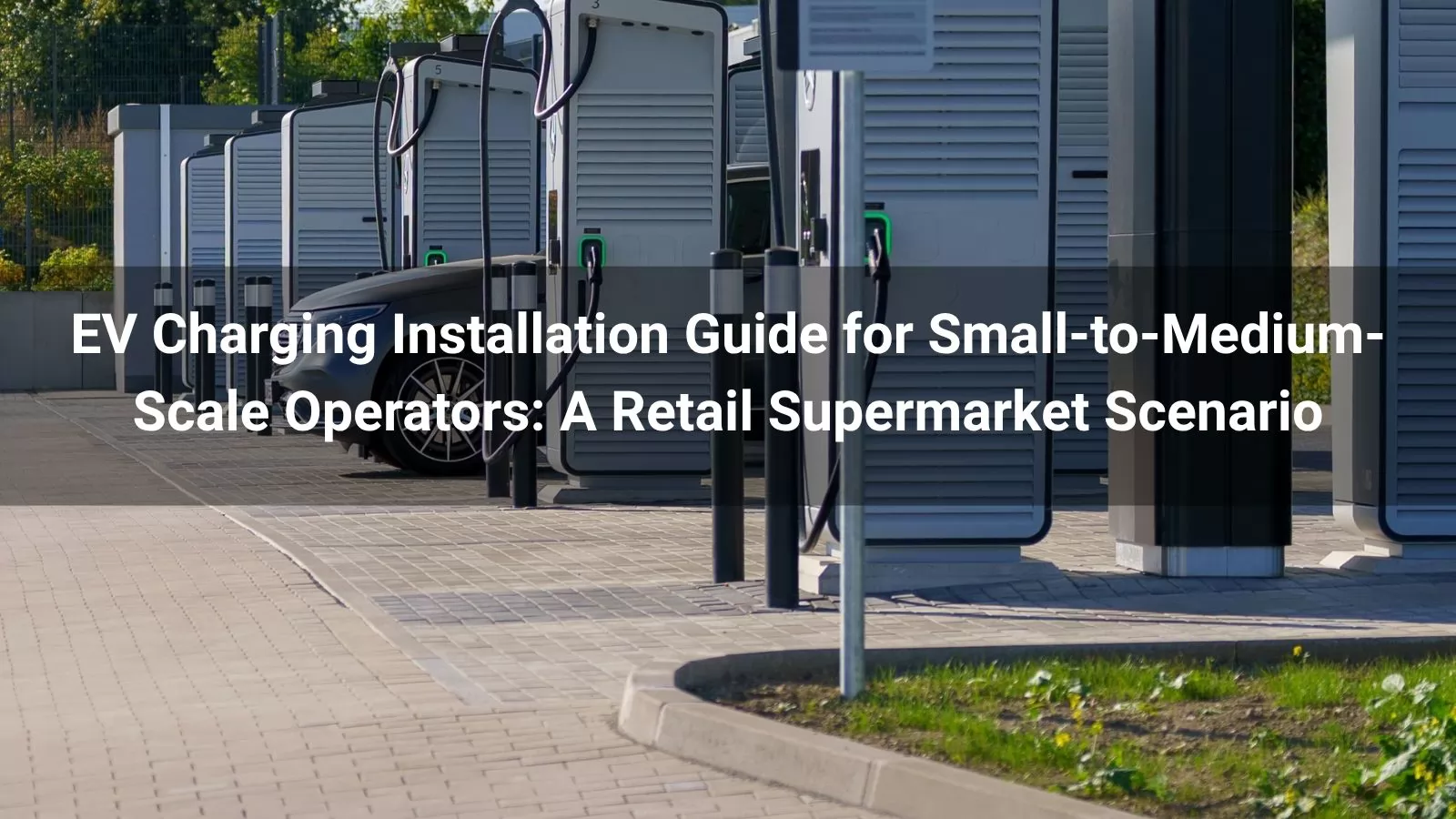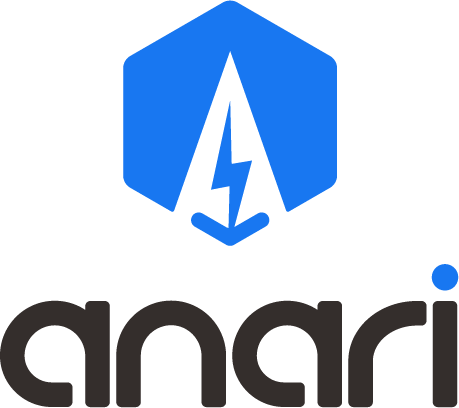
For small and medium-sized charging operators exploring new business opportunities or expanding their current network, retail supermarkets represent a prime location. With steady customer flow and predictable dwell times, they are ideal for deploying EV charging infrastructure. However, choosing the right type of chargers—balancing Return on Investment (ROI) with Customer Experience—is crucial.
This guide will conduct an in-depth analysis of two mainstream solutions, namely "fully installing 22kW AC charging stations" and "mixed installation (22kW AC charging stations + 120kW DC fast charging stations)", to help you make the most informed choice.
Option 1: Install Only 22kW AC Chargers
This is a more traditional and conservative approach, focusing on minimizing upfront costs.
1. ROI Analysis
-
Key Advantage: Lower Initial Investment. The equipment and installation costs for 22kW AC chargers are significantly lower than those for DC fast chargers. Deploying 10 AC units requires a relatively small total investment, reducing financial pressure on operators.
-
Simpler Operation & Maintenance: AC chargers have a relatively straightforward design, use mature technology, and come with lower long-term maintenance costs and generally manageable failure rates. This makes them particularly suitable for smaller operators who are still building their operational capacity.
2. Customer Experience Analysis
-
Key Drawback: Slow Charging Speed. A 22kW charger typically requires 2-4 hours to fully charge a standard EV, which aligns with the average time a customer might spend shopping or dining. However, it completely fails to meet the needs of drivers seeking a quick "top-up."
-
Potential Risks:
-
Limited Customer Satisfaction: Customers in a hurry, who only need to add 50-100 km of range, will find waiting for hours unacceptable. This could lead to loss of potential business and even create a negative perception of the supermarket's convenience.
-
Lower Per-Session Revenue: Due to the long charging times, each parking space can only serve a limited number of vehicles per day. Additionally, the service fee revenue per charging session is relatively low, capping the overall earning potential.
Summary: This option is suitable for operators with limited budgets who want to start a project with minimal risk and primarily target customers who plan to stay for extended periods. However, it lacks service diversity and has limited revenue potential.
Option 2: Hybrid Installation (8×22kW AC + 2×120kW DC Chargers)
This is a more strategic approach that maximizes site value through a mixed product offering.
1. ROI Analysis
-
Key Challenge: Higher Upfront Cost. 120kW DC fast chargers come with substantially higher equipment and potential electrical upgrade costs, significantly increasing the initial project investment.
-
Greater Long-Term Revenue Potential:
-
Higher Revenue per Charger: The service fee for a single DC fast charging session is much higher than for an AC session. Combined with their rapid turnover, each DC charger has the potential to serve more vehicles and generate significantly higher total daily revenue than an AC charger.
-
Enhanced Asset Value: Deploying fast chargers elevates the technical capability and market competitiveness of your charging network, laying a solid foundation for attracting future partners or investment.
2. Customer Experience Analysis
-
Key Advantage: Service Diversity and Superior Experience.
-
Caters to All Needs: The 22kW AC chargers serve "long-stay" customers who are shopping or relaxing. The 120kW DC chargers perfectly target "quick-stop" customers needing a rapid top-up, such as ride-hail drivers or travelers, providing a significant range boost in just 15-30 minutes.
-
Builds a Premium Service Reputation: Offering fast charging significantly enhances customer satisfaction and creates a positive impression, making the supermarket a more attractive destination. Customers will recognize the supermarket as modern and convenient, potentially making it their preferred choice.
Summary: While this model requires a larger initial investment, it attracts a broader customer base by offering a superior service tier, leading to higher overall revenue and brand value.
Final Recommendation & Decision-Making Guide
For small-to-medium operators focused on sustainable long-term growth, we generally recommend the Hybrid Installation Model.
Here's why:
-
Strategic Positioning: As demand for fast charging grows, being the first to offer it in a supermarket setting helps build a brand image associated with "convenience and speed"—a significant competitive advantage over slow-charging-only networks.
-
Healthier Revenue Mix: The hybrid model creates a positive cycle: AC chargers ensure consistent usage, while DC chargers act as profit drivers, potentially shortening the payback period.
-
Future-Proofing: EV battery capacities and fast-charging capabilities are rapidly improving. Investing in DC infrastructure now prepares your business for future trends and helps avoid early obsolescence of your equipment.
Action Plan for Operators:
-
Conduct Detailed Calculations: Precisely calculate the cost difference between the hybrid and AC-only models. Project the utilization rate and revenue of the DC chargers in your local market to build a clear payback period model.
-
Explore Partnership Models: Actively discuss potential collaborations with equipment suppliers, the supermarket property owner, or even local government regarding equipment procurement, power upgrades, or revenue-sharing to reduce the initial financial burden.
-
Consider a Phased Rollout: If installing all 10 chargers at once is too costly, consider starting with a smaller hybrid setup (e.g., 6 AC + 2 DC). You can then expand the fast-charging capacity later based on operational performance data.
Conclusion
In the next phase of the EV charging industry, success will be determined not just by having chargers, but by offering the right kind. Choosing the hybrid model for a retail supermarket is not only a smart move for improving short-term ROI but also a strategic investment in building long-term competitiveness centered around an exceptional customer experience.
Here we recommend two products from Anari Energy, Vulco DC Series and Gaia AC Series. It is highly suitable for the deployment of small and medium-sized operators.





